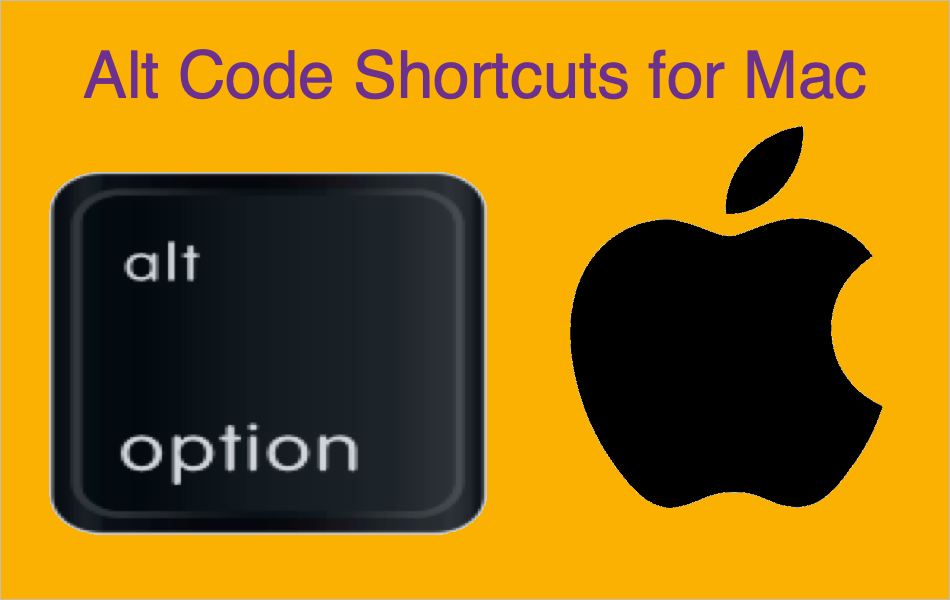Little Snitch 4.0.3 for MAC free is an excellent firewall software on the Mac platform. Little Snitch 4 for Mac can control your private outbound data and remind you about the outbound network connection in real time. It is very easy to use and very important app for your MAC, especially if you want to install many cracked mac apps. Except the flowers that have thorns, of course.: ยกเว้นดอกไม้ที่มีหนาม แน่ละ The Little Prince (1974): No, they even eat the flowers that have thorns. ไม่ ดอกไม้ที่มีหนามมันก็กิน The Little Prince (1974): But the thorns protect them, don't they? A few little things in Mac OS. There's a few little Fusion 360 UI / UX things have finally gotten to me enough to make a post; maybe they'll help with future development 🙂 Why does Fusion 360 install (well shortcut & uninstall launcher) to the user Applications folder and not the main Applications folder where every other app goes? Install Windows on your Mac. Boot Camp is a utility that comes with your Mac and lets you switch between macOS and Windows. Download your copy of Windows 10, then let Boot Camp Assistant walk you through the installation steps for Intel-based Macs. What is Little Snitch for Mac Little Snitch gives you control over your private outgoing data.
The Mac OS nanokernel is an operating systemkernel serving as the basis of most PowerPC based system software versions 7 through 9 of the classic Mac OS, predating Mac OS X.
The initial revision of this software is a single tasking system which delegates most tasks to an emulator running the Motorola 68000 series (68K) version of the operating system. The second major revision supports multitasking, multiprocessing, and message passing, and would be more properly called a microkernel. Unlike the 68K-derived Mac OS kernel running within it, the PowerPC kernel exists in a protected memory space and executes device drivers in user mode.
The nanokernel is very different from the Copland OS microkernel, although they were created in succession with similar goals.[1][2][3] Starcraft demake mac os.
System 7.1.2 – Mac OS 8.5.1[edit]
The original nanokernel, and the tightly integrated Mac 68k emulator, were written by emulation consultant Gary Davidian.[4] Its main purpose is to allow the existing Motorola 68K version of the operating system to run on new hardware. As such, the normal state of the system is to be running 68K code. The operating system does little until activated by an interrupt, which is quickly mapped to its 68K equivalent within the virtual machine.
Other tasks may include switching back to PowerPC mode, if necessary, upon completion of the interrupt handler, and mapping the Macintosh virtual memory system to the PowerPC hardware. Sex & drugs & rockn roll mac os. Forest of decay mac os. However, as the software is little documented, these might instead be handled by the emulator running in user mode.
This nanokernel is stored on the Mac OS ROM chip integrated into Old World ROM computers, or inside the Mac OS ROM file on disk on the New World ROM computers, rather than being installed in the familiar sense.
Interim development[edit]
Progress after 1994 demanded additional functionality. A forward-looking architecture was introduced for PCI card drivers in anticipation of the Copland microkernel called NuKernel, which supports memory protection. The Open Transport networking architecture introduced standardized PowerPC synchronization primitives. The DayStar Digital Genesis MP Macintosh clone requires kernel extensions to support multiprocessing. This evolution would later affect the overhaul to the nanokernel in Mac OS 8.6.
Mac OS 8.6 and later[edit]
Mac OS 8.6's nanokernel was rewritten by René A. Vega to add Multiprocessing Services 2.0 support. PowerMacInfo, distributed in the Multiprocessing SDK, is an application that displays statistics about the nanokernel's operation.[5]
References[edit]
- ^Inside Macintosh: PowerPC System Software. Apple Technical Library. Reading, Mass.: Addison-Wesley Pub. Co. 1994. ISBN978-0-201-40727-3. OCLC29636881.
- ^Inside Macintosh: PowerPC System Software. Apple Technical Library. Apple Computer, Inc. July 3, 1996. Archived from the original on May 18, 2008. Retrieved April 4, 2013.CS1 maint: discouraged parameter (link)
- ^'Technical Note TN1084: Running CFM-68K Code at Interrupt Time: Is Your Code at Risk?'. Apple Computer, Inc. March 27, 1997. Archived from the original on June 23, 2004. Retrieved April 4, 2013.CS1 maint: discouraged parameter (link)
- ^'The Road to Power Macintosh'. Macworld. Vol. 11. May 1994.
- ^René A. Vega (October 25, 2001). 'PowerMacInfo info'. Newsgroup: comp.sys.mac.programmer.help. Retrieved May 12, 2016.
External links[edit]

Last update: 3rd June 2019
Little Thorns Mac Os 11
Did you ever wonder or need to know which systems use big endian and which ones use little endian? Look no further, you can query it right out of the Oracle database:
Little Thorns Mac Os X
| PLATFORM_NAME | ENDIAN_FORMAT |
| AIX-Based Systems (64-bit) | Big |
| Apple Mac OS | Big |
| Apple Mac OS (x86-64) | Little |
| HP IA Open VMS | Little |
| HP Open VMS | Little |
| HP Tru64 UNIX | Little |
| HP-UX (64-bit) | Big |
| HP-UX IA (64-bit) | Big |
| IBM Power Based Linux | Little / Big |
| IBM zSeries Based Linux | Big |
| Linux IA (32-bit) | Little |
| Linux IA (64-bit) | Little |
| Linux OS (S64) | Big |
| Linux x86 64-bit | Little |
| Microsoft Windows IA (32-bit) | Little |
| Microsoft Windows IA (64-bit) | Little |
| Microsoft Windows x86 64-bit | Little |
| Solaris Operating System (x86) | Little |
| Solaris Operating System (x86-64) | Little |
| Solaris[tm] OE (32-bit) | Big |
| Solaris[tm] OE (64-bit) | Big |

